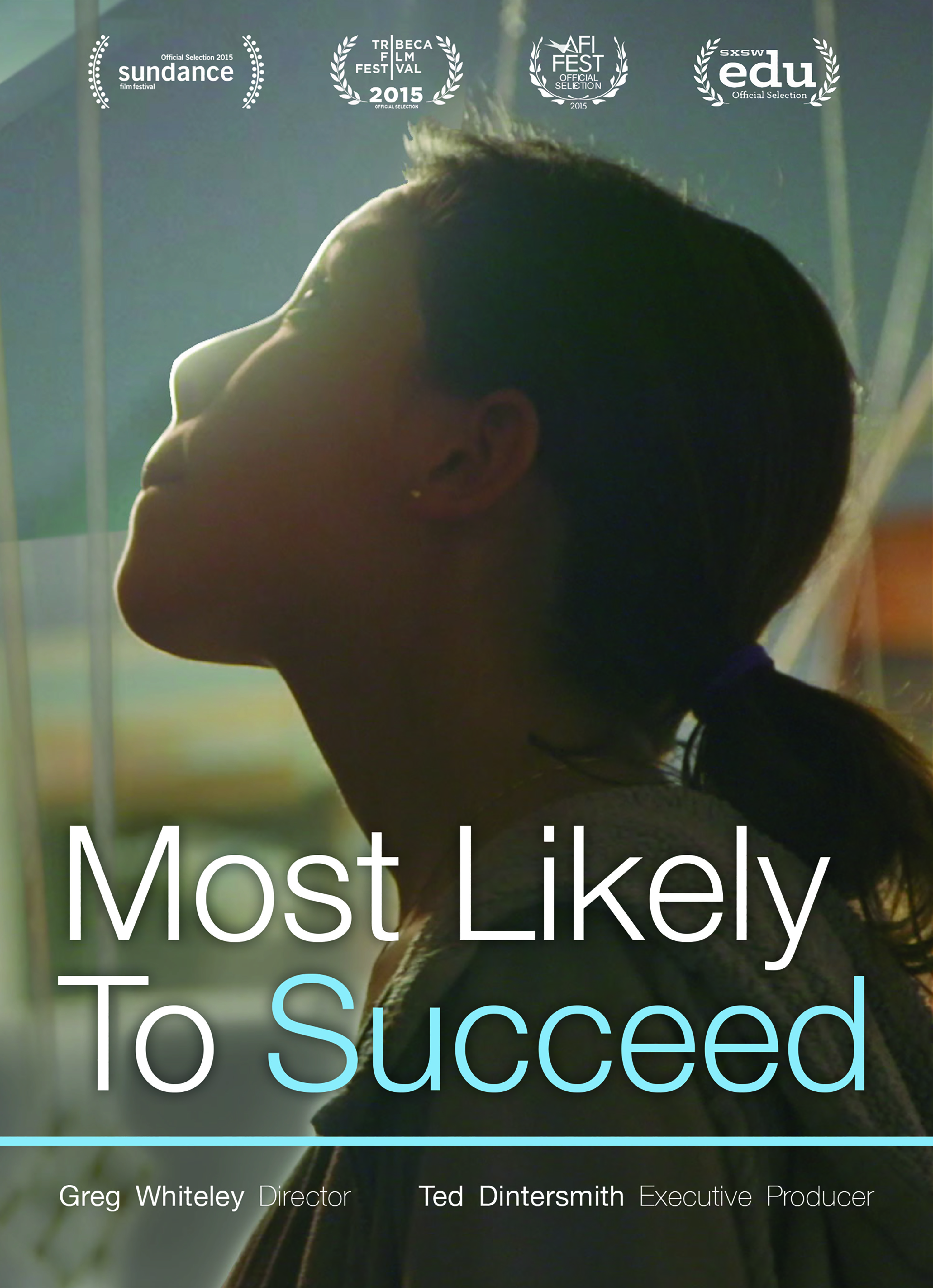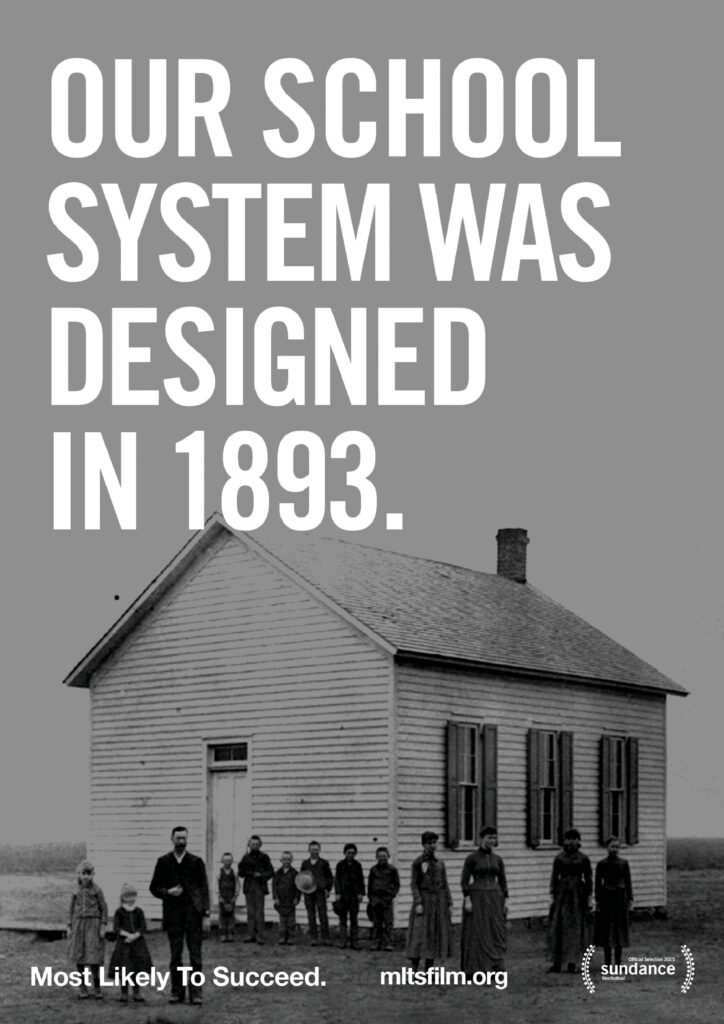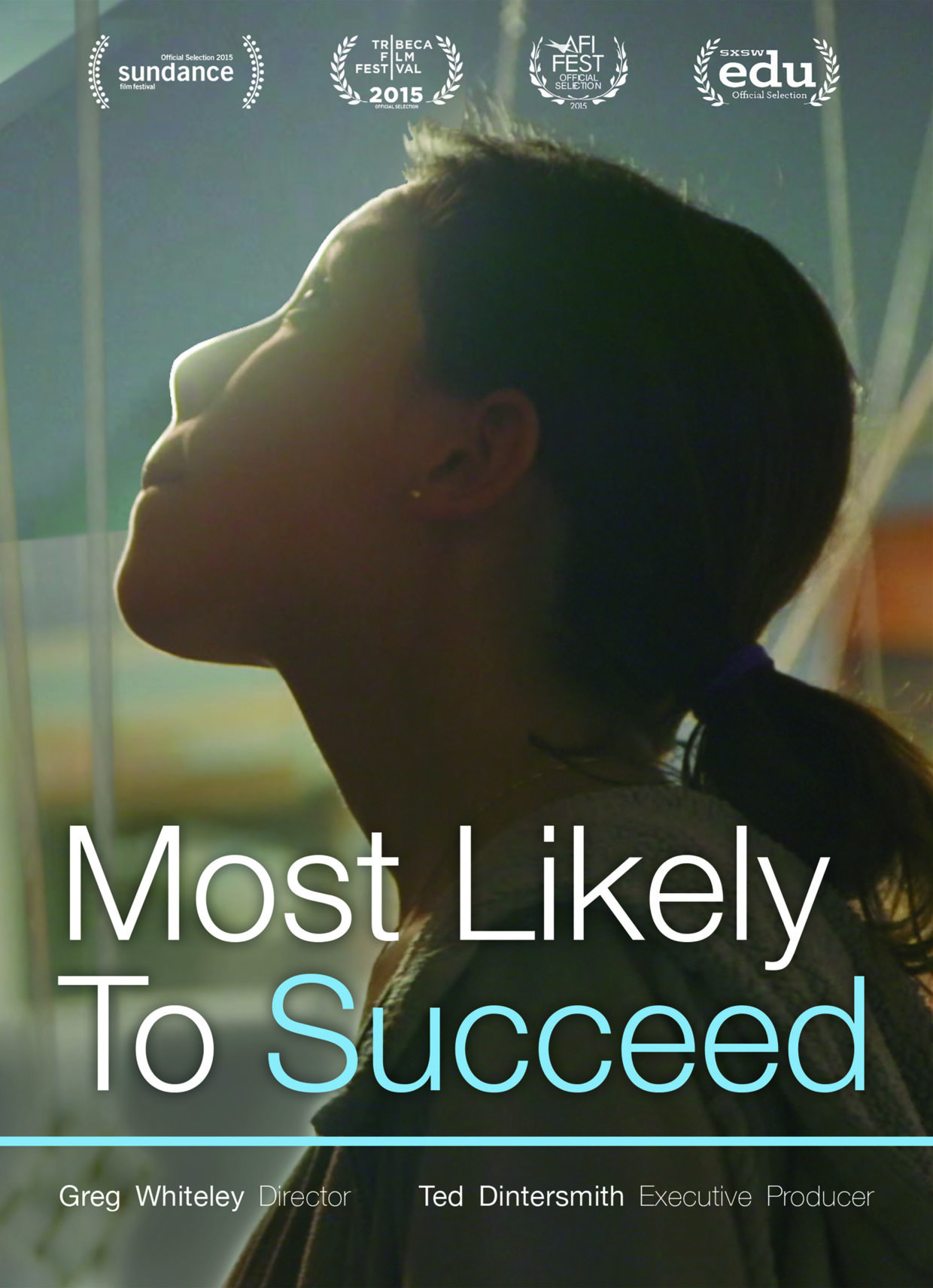
“Most Likely to Succeed” is a documentary film directed by Greg Whiteley. The film explores the shortcomings of traditional education methods and presents alternative approaches to education that focus on fostering creativity, critical thinking, and problem-solving skills. The documentary specifically looks at the High Tech High (HTH) charter school in San Diego, California, known for its innovative and project-based learning methods. The film delves into the experiences of students, teachers, and administrators at HTH and raises questions about the effectiveness of traditional education systems in preparing students for the challenges of the 21st century.
If we teach today as we taught yesterday, we rob our children of tomorrow.
Most Likely to succeed documentary
Within the fabric of “Most Likely to Succeed,” there exists a tapestry of strengths and weaknesses that merit examination. This documentary on innovative education at High Tech High carries notable strengths, such as its compelling narrative and a thought-provoking exploration of alternative teaching methodologies. Simultaneously, it harbors potential weaknesses, including a limited scope and a possible idealization of the showcased educational model.
Strengths
- Highlighting Innovation: The documentary effectively showcases innovative educational practices, particularly the project-based learning approach at High Tech High. It brings attention to the importance of fostering critical thinking and creativity in students.
- Questioning Traditional Education: “Most Likely to Succeed” prompts viewers to question traditional education methods and their effectiveness in preparing students for the challenges of the modern world. It encourages a dialogue about the need for educational reform.
- Engaging Narrative: The film uses compelling storytelling and real-world examples to engage the audience. It features personal stories of students, teachers, and administrators, making the content relatable and impactful.
- Emphasis on Soft Skills: The documentary advocates for the development of soft skills, such as collaboration, communication, and problem-solving, which are increasingly recognized as crucial for success in the 21st century.
- Exploration of Teacher Role: The documentary explores the changing role of teachers in innovative educational settings. It emphasizes the importance of teachers as facilitators and guides in a student-centered learning environment.
Weaknesses
- Limited Diversity: One major criticism is the limited diversity in the schools and students featured in the documentary. The film primarily focuses on High Tech High, which may not represent the challenges and contexts of a more diverse range of educational institutions.
- Overemphasis on Technology: The argument that the film places too much emphasis on the role of technology in education without thoroughly exploring potential drawbacks or challenges associated with its integration.
- Idealization of High Tech High: Presenting High Tech High in an idealized manner, potentially overlooking challenges or limitations faced by the school. It may not provide a fully balanced perspective on the successes and struggles of the featured institution.
- Lack of Counterarguments: While the film critiques traditional education, it doesn’t extensively present counterarguments or discuss potential drawbacks of the project-based learning model. Some viewers feel it could benefit from a more balanced exploration of different educational philosophies.
- Limited Exploration of Implementation Challenges: The documentary touches on the challenges of implementing innovative educational practices but doesn’t delve deeply into the logistical and practical hurdles that schools may face when transitioning to similar models.
How will this apply to my future teaching career?
I aim to infuse my future teaching career with the impactful strategies witnessed in the documentary. I aspire to create a student-centered environment by embracing innovative methods like project-based learning and cultivating critical thinking skills. Additionally, I intend to stay open to continuous professional development, ensuring that my teaching practices remain dynamic and aligned with the evolving needs of my students.

